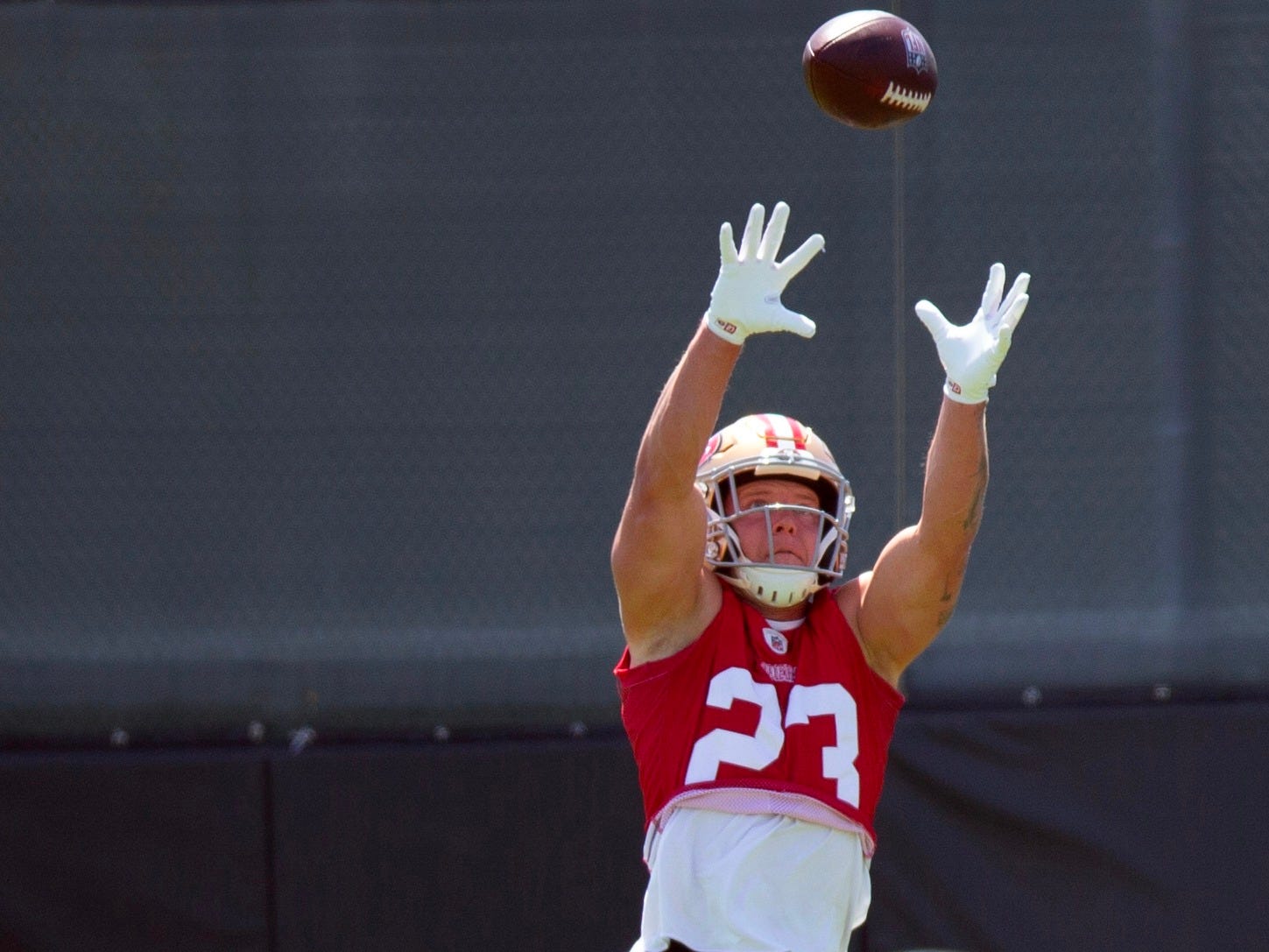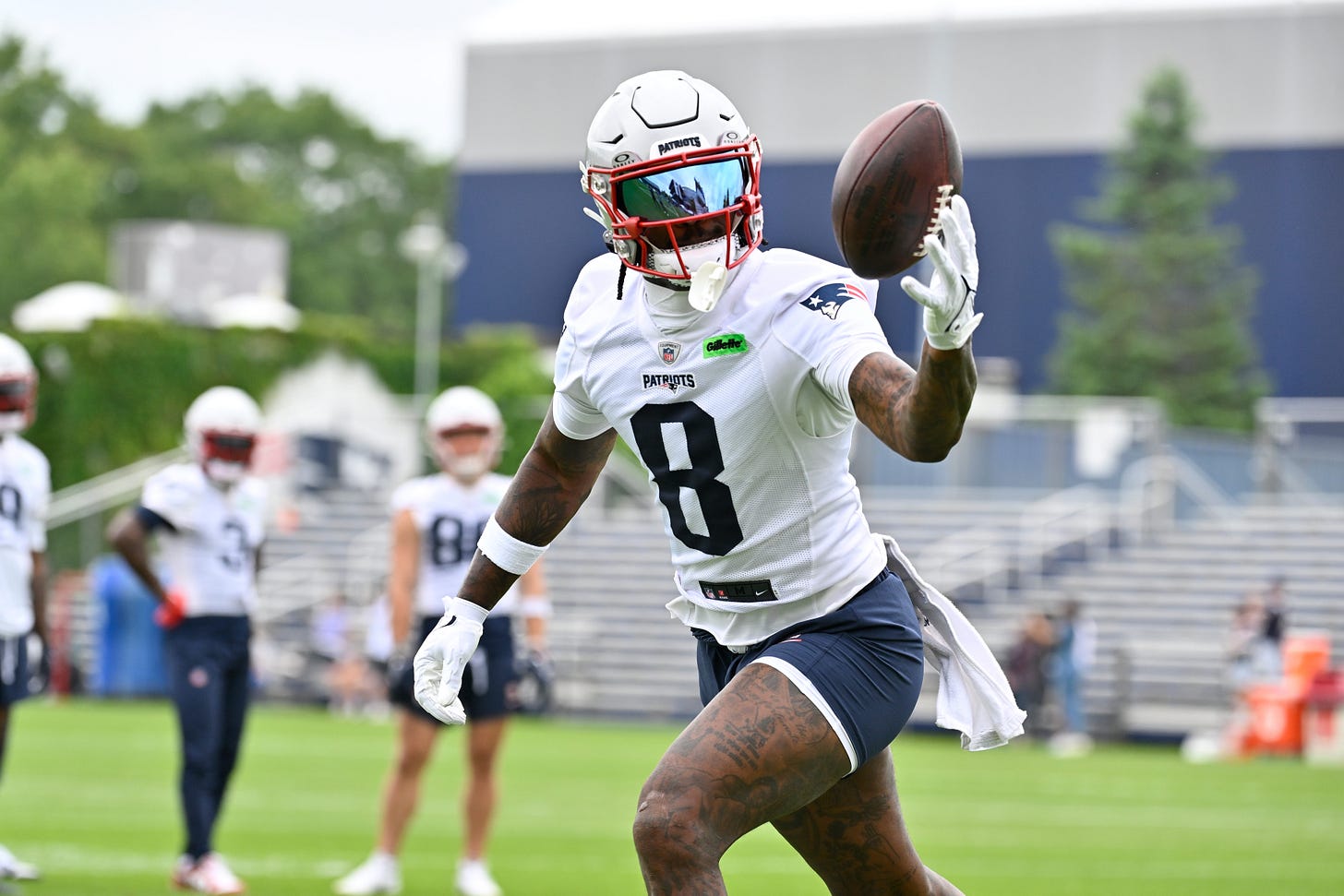** has been writing about injuries for twenty-five years. He currently writes about baseball injuries and sports science at . He’s also COO for NTangible, a mental testing company focused on clutch performance. **
Everyone loves a comeback.
It’s one of the cleanest storylines in sports: fall, rise, redemption.
The reality is rarely that tidy, though. Most injuries don’t end careers. They blur them. They interrupt momentum, shift timelines, and erode trust.
Rehabs are usually predictable, which is both reassuring and misleading.
Predictable doesn’t mean easy. It just means there’s a road map. ACL? We know the timetable. Achilles? We’ve got case studies. Meniscus? Depends on the trim.
For every injury, there’s a path because someone else has walked it before. Every player is unique, but their injuries aren’t singular. We archetype because patterns matter.
What we don’t see is who else takes that walk. The surgeons doing the repairs. The athletic trainers managing swelling, setbacks, and scar tissue. The physical therapists coaxing progress millimeter by millimeter. The families who stop being fans and start being caregivers, who watch a loved one struggle to get off the couch, carry frustration into dinner, and lose months they’ll never get back with their kids.
That’s part of this too. Comebacks are never solo acts.
For fans, and especially for fantasy players, the temptation is always to project the name, not the now.
We remember what a guy used to be. We see the jersey and recall the highlights.
But, injuries rewrite players. Sometimes subtly. Sometimes completely. Understanding what someone’s coming back from – really understanding it – is the difference between hope and hype.
This isn’t just about who’s back. It’s about who’s still worth believing in.
Christian McCaffrey, RB, San Francisco 49ers
Christian McCaffrey is back. That’s the headline, at least. The deeper story is whether he’s really back or just available. There’s a difference.
McCaffrey missed much of 2024 with bilateral Achilles tendinitis and a PCL issue. You don’t hear much about that first one because it’s vague, but vague in the same way “a little rot” is when it shows up in a home inspection. Bilateral means both sides.
When both Achilles are inflamed, the risk profile changes.
These aren’t bruises or tweaks. These are precursors. The Achilles doesn’t like to be angry and when it is, especially on both sides, it often leads to rupture. There’s no guarantee that happens. But there's also no fix—just management.
McCaffrey is 28. That’s a lot of cumulative damage for a running back, who seem to age in dog years. He’s always been an elastic, explosive mover, someone whose value came from angles and misdirection, not just touches.
If he loses the ability to plant and redirect with precision, the whole model of San Francisco’s offense changes. Shanahan’s system, which has always relied on conflict and misdirection, loses its timing. Everyone looks half a beat late when the centerpiece is decelerating instead of exploding. The 49ers are saying the right things, and McCaffrey looks fine in May. But we’ve seen this story before. The tissue doesn’t lie.
Dak Prescott, QB, Dallas Cowboys
Dak Prescott might have had the best first half of 2024 of any quarterback.
He was decisive, efficient, and aggressive when it mattered. Then came the hamstring. It wasn’t a tweak. It was a full tear, and it ended everything. Hamstrings are often underestimated because they’re common. But the muscle group is essential for stride mechanics, and a bad tear resets gait patterns.
Prescott has already come back from worse, and there’s no reason to think this won’t be a full recovery. He’s looked clean in early work, and the line in front of him might be the best he’s had in years. But the missed opportunity still lingers.
If the Cowboys had stayed on track last year, the entire perception of Prescott changes. Now he enters 2025 needing to prove the version we saw before the injury wasn’t a mirage. The margin for error in Dallas is microscopic.
Stefon Diggs, WR, New England Patriots
Stefon Diggs tore his ACL in Week 8 and the Texans never looked the same after.
That’s not coincidence.
Diggs wasn’t lighting up the league statistically, but he was absorbing CB1s, running clean routes, and making it easier for the rest of the offense to operate.
The timing was bad, but the injury standard. A clean ACL with no complications.
The recovery should be straightforward, and at 30, Diggs is on the edge of the age curve but not over it. He’ll be back and the question becomes whether he’s still fast enough to win off the line. His game was never just about speed, but it helps. Houston added depth, but they need Diggs to be the floor, not the ceiling. If he comes back even at 90 percent, he gives Stroud a target that forces coverage decisions.
That matters more than people think.
Tank Dell, WR, Houston Texans
Tank Dell’s return shouldn’t be happening this smoothly.
He dislocated his knee and tore his ACL late in the season. That’s not a routine repair. Dislocations stretch everything—ligaments, tendons, nerves.
The ACL is just one of the pieces that breaks. Most guys with this injury lose explosion, even after they’re cleared.
Dell is already cutting. He’s already running. And no one’s blinking. That tells you how far surgical repair has come and how aggressive the Texans are willing to be with a player they see as essential.
Dell’s size works against him biomechanically, but it also means less weight load and faster tissue adaptation. He’s still in the danger zone. Return to play doesn’t equal return to performance.
If he holds this trajectory into camp, it’s going to be one of the more impressive recoveries we’ve seen in years. Just don’t pencil him in for 17 games yet.
Taysom Hill, New Orleans Saints
Taysom Hill tore his ACL with additional damage.
At 35, that’s normally the end of the story. But Hill is built different, in the most literal way. He’s not a running back or a tight end or a quarterback or a gadget. He’s leverage. His whole game is pad level and momentum. That might be what saves him.
He doesn’t need to cut like a receiver. He needs to push, anchor, and occasionally fall forward for six yards. He could still do that on one good leg. He’s reportedly healing well, and the Saints don’t seem to be moving on yet. He’s not going to touch the ball twenty times a game. But if you think a fully recovered Hill can’t still break a defense with one weird wrinkle, you haven’t been paying attention.
Brandon Aiyuk, WR, San Francisco 49ers
Brandon Aiyuk’s ACL tear didn’t get enough attention. It should have.
Aiyuk had quietly become the most precise route-runner in San Francisco, the guy who made defenses decide between bracketing Deebo Samuel or watching Aiyuk carve them up underneath.
Now Samuel’s gone and McCaffrey may be diminished. That makes Aiyuk the most important weapon in the offense, period.
Aiyuk’s recovery has been on schedule, and by most reports, he’s hitting his marks. But it’s not about schedule. It’s about twitch. ACLs don’t just rob straight-line speed. They compromise the trust a receiver has in his own joints.
Can you plant and turn without hesitation? Can you manipulate a DB with shoulder lean and snap out of it with the timing needed to catch a ball thrown before you’ve made the break? That’s what we’ll find out. The 49ers don’t have time for him to ramp. He has to be ready now.
Aidan Hutchinson, EDGE, Detroit Lions
Aidan Hutchinson’s injury looked brutal. A fractured tibia and fibula. No one comes back quickly from that.
But here’s the rule: bones heal. The timeline is reliable.
The structural integrity, once restored, isn’t usually a problem. The issue is strength and confidence.
Hutchinson plays like someone who doesn’t think. He reacts. He bends around corners. He never stops. If the rehab process preserved that edge, the Lions get their identity back. His return gives the defense teeth. His presence changes how opponents script first downs.
There’s no long-term concern unless the healing process was botched, and there’s no indication it was. Detroit needs him to be what he was, because last year showed what they are without him.
J.J. McCarthy, QB, Minnesota Vikings
J.J. McCarthy didn’t get hurt in the middle of a breakout. He never started.
A torn meniscus in training camp erased his rookie season and left the Vikings with a lost year under center. Now he’s healthy. He’s the starter. And the expectations are immediate.
McCarthy has tools. He can move, he can throw off-platform, and he has a mental wiring that scouts love. But he hasn’t played a down in the NFL and reps matter. Call it a “Patrick Mahomes year” if you want, but McCarthy didn’t get the practice reps either.
The meniscus issue should be behind him, medically speaking. It’s a relatively simple repair, especially for someone with a clean profile. But you lose time, you lose development and now he’s playing catch-up in a division with legit quarterback play.
If McCarthy adapts quickly, Minnesota might be dangerous. If he doesn’t, they’re back to chasing .500 with a question mark at the most important position and there’s no Plan B on the roster anymore.
'A Desperate Attempt by a Pathetic Man': NFL Exec Rips Aaron Rodgers' Steelers Signing
It’s a full-on Football Friday under the sweltering June sun, and Aaron Roders is a Pittsburgh Steeler.
Aaron Rodgers, QB, Pittsburgh Steelers
Aaron Rodgers is the weirdest case of all and not just because of his McAfee appearances or bookshelves. He tore his Achilles on the fourth snap of the 2023 season and lost the full year. He came back, but looked not just bad, but old. He’s now past the typical nine-month recovery window by a wide margin.
That sounds like a positive, but it might not be. Achilles repairs aren’t linear.
The burst comes back late—if it comes back at all. In Rodgers’ case, the delay might be telling. If he was going to make a leap forward physically, it should have happened last season. Instead, the Jets were thinking about benching him before mid-season.
The version of Rodgers that the Pittsburgh Steelers might see is almost certainly a diminished one. He can still read defenses. He can still manipulate coverages. But if the base isn’t there – if the Achilles can’t give him that slight shift or that off-platform torque – then he’s just a name. That’s not hate. That’s biology.
This isn’t just a list of returns. It’s a record of quiet suffering, of lonely mornings in the facility, stalled progress, and the daily negotiation between pain and progress.
These rehabs are brutal. They take what the game doesn’t already claim. Most of these players have been stars.
All of them have mattered.
Being cleared to play isn’t the same as being back. You have to trust your body again. You have to relearn instincts that used to be automatic.
The NFL doesn’t slow down. It doesn’t care how far you’ve come. It only wants to know if you can still deliver.
The hardest part isn’t proving it to the league. It’s proving it to yourself.











Not to pick nits, but Diggs plays for the Patriots now.